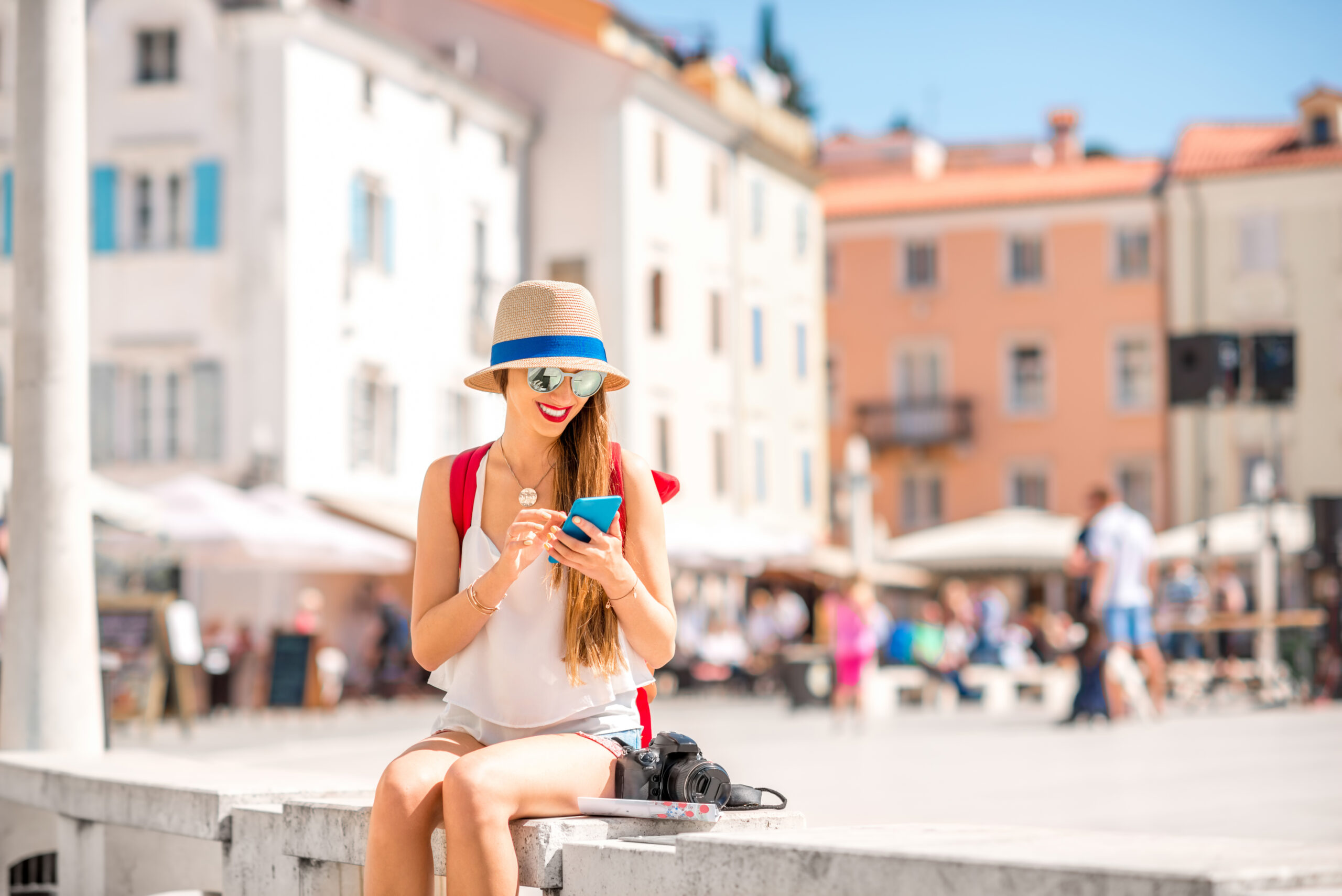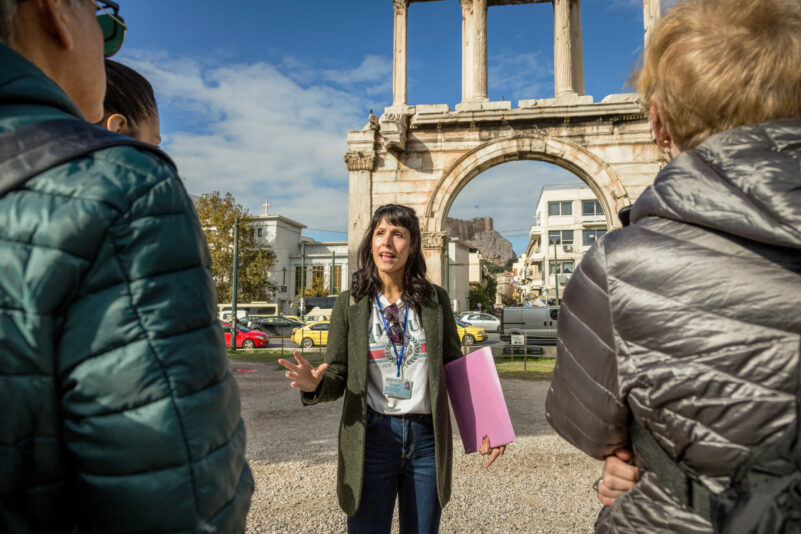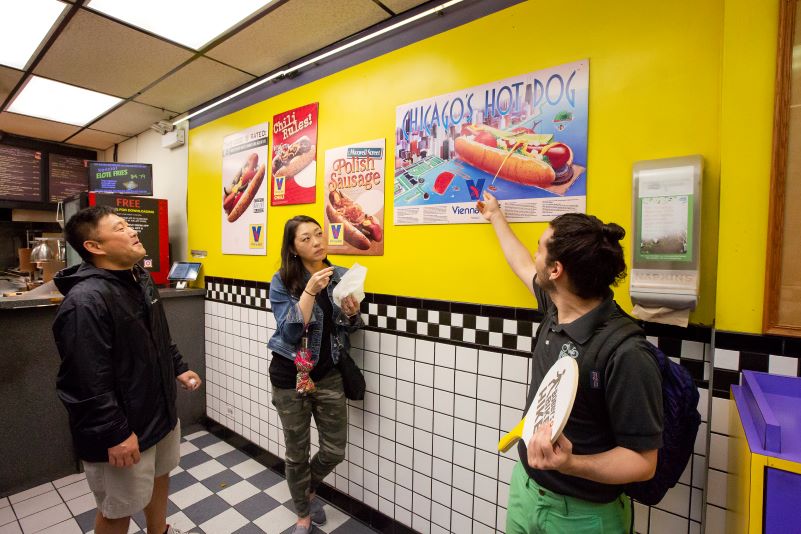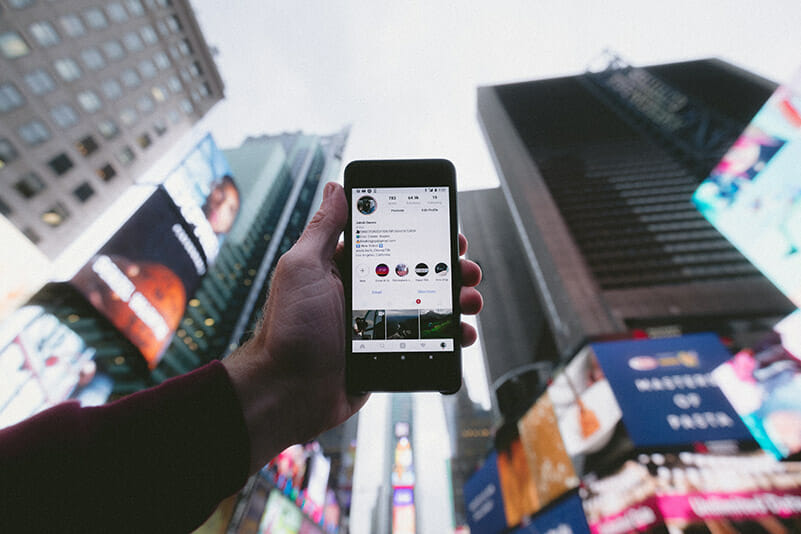Tour guides of all types can take advantage of the Viator platform and accept online bookings from travelers—whether you’re an established company or operator, a private guide, an activity outfitter, or an individual local expert just launching a tour business. Create your Viator account and listing, provide necessary banking, tax, and payment information, and you’re ready to sell your product and earn additional revenue!
Why Sell Your Tours and Activities Online?
As a supplier of online travel tours and activities, Viator lets you create a product that is both immediately bookable right on our site and connected directly to your bank account. Regardless of whether you see it as a side hustle or the start of broader business dreams (or alternatively you’re a tour company getting into the online booking game), it’s a no-brainer that you want to sell your tours online through Viator. You’ll gain exposure to the travelers that use our site every month.
The tips in this article will help you write an intriguing product title (the name of your tour/activity, essentially), a thorough description (what can travelers expect and what makes your experience so unique), and advice for taking high-quality photos.
No matter what type of experience you’re selling—a food tour, ghost walk, water excursion, or any sort of unique local activity—selling online directly through your Viator listing can increase bookings and revenue.
Pro Tip: Create an Intriguing Product Title
When selling your tours online to travelers, first impressions are everything. Think of your product title as the book cover of your experience. Though every component of your listing needs the same thorough attention that you put into your actual offering, the title might be the most important of all. A strong title not only helps potential customers find your product, but it also summarizes what’s unique about it. Here are some ways to make your title stand out.
Include keywords: Your title will attract more travelers if it includes the destination where the Experience takes place, what type of activity it is, and any attractions, sights, or landmarks that you visit along the way. Here are some examples:
- Walking Tour of New York City’s Hidden Gems
- Tuscany Bike Tour from Florence with Lunch
- Portrait Photo Shoot in Paris
- Tokyo by Night: Japanese Small-Group Food-Tasting Tour
- Vegan Cooking Class on Austin Farm
- Surfing Lessons with a San Diego Local
- The Art of Crabbing in San Francisco
- Japanese Taiko Drum Lesson in Tokyo
- Private Walking Tour of Amsterdam with a Local
Be specific: Make your title as accurate as possible so that you’re not overpromising or underdelivering. This could disappoint customers and result in negative reviews.
Be brief: Many people find and book activities on mobile devices, so to make sure your title shows up correctly across all devices, keep it short. We’ve found that the ideal length is no more than 62 characters (including spaces). Being concise also helps highlight what’s unique about your offering.
Be unique: Ask yourself, What do I want travelers to remember about me or my product? How can I highlight what I bring to theeExperience? What’s unique about my product? What key factor will really catch the eye of potential customers? Do I have a specific focus that few other operators have? Here are some examples of characteristics that make for a unique product:
- Involves a nontraditional mode of transportation (e.g. seeing the Hollywood sign on horseback).
- Focuses on a landmark, tradition, or neighborhood unknown to, or not experienced by, most tourists (e.g. coal mining town near Seattle or learning calligraphy in Tokyo).
- Visits a location travelers would not find on their own (e.g. Dearly Departed: The Tragic History Tour of Los Angeles).
Make sure you highlight this differentiating information in your title. Play around with various title options to determine how to best showcase your unique selling points. And while it’s fine to browse other listings for inspiration, do not copy a competitor’s title—that will hurt your product in the long run.
Pro Tip: Write a Clear Itinerary or Description
To be effective selling your tours online to travelers (or unique experience), you want to be very thorough. You’re minimizing the direct communication between you and the traveler, so the more information you provide in your listing, the better. Travelers want to know everything about your experience: what they will see or do, where they will go, and what makes it the best way to spend their time in your destination. Write a compelling description or itinerary that includes the specific places or landmarks that travelers will visit, and any activities they will partake in. Be sure to specify start and end locations.
A strong, accurate description or itinerary (or both, as the description can include the itinerary) also helps Viator market your product to your target audience by listing it on the most relevant pages, so that travelers who are more likely to book your type of experience will see it.
Pro Tip: Provide Interesting, High-Quality Photos
Industry data shows that having at least six to nine high-quality photos for each product significantly increases the chance of securing a booking. Photos reveal to potential customers what really makes your experience special, and should be an accurate representation of what they will get to see or do. The most successful product listings show happy travelers enjoying the activities included in the experience. Alternatively, beautiful pictures of sights, landmarks, or landscapes that are the focus of the experience are inspiring too.
Tripadvisor offers a helpful video on photo tips and tricks to enhance your product listing, plus your own website, social media channels, and other marketing collateral. Here is a quick capture (no pun intended) to get you started:
- Use natural light for more vivid photos.
- Use candid shots to make customers feel a closer connection.
- Take time to think through and set up your shot. Consider the time of day that offers the best light. Plan ahead for any logistics that may present challenges for shooting. If your tour or activity takes place at night, think about how you’re going to make sure everything looks good in the dark.
- View test shots on a computer, as what looks okay in person might look odd in a photo.
- Take level shots, not at extreme angles.
Avoid:
- Pictures of empty spaces where you’d expect people to be
- Shots of customers or staff looking directly at the camera
- Action shots of customers where they look frightened or overexcited
- Wide-angle or panorama shots
- Overly busy compositions
2. Understanding Your Audience
5. Sell Online to Travelers










